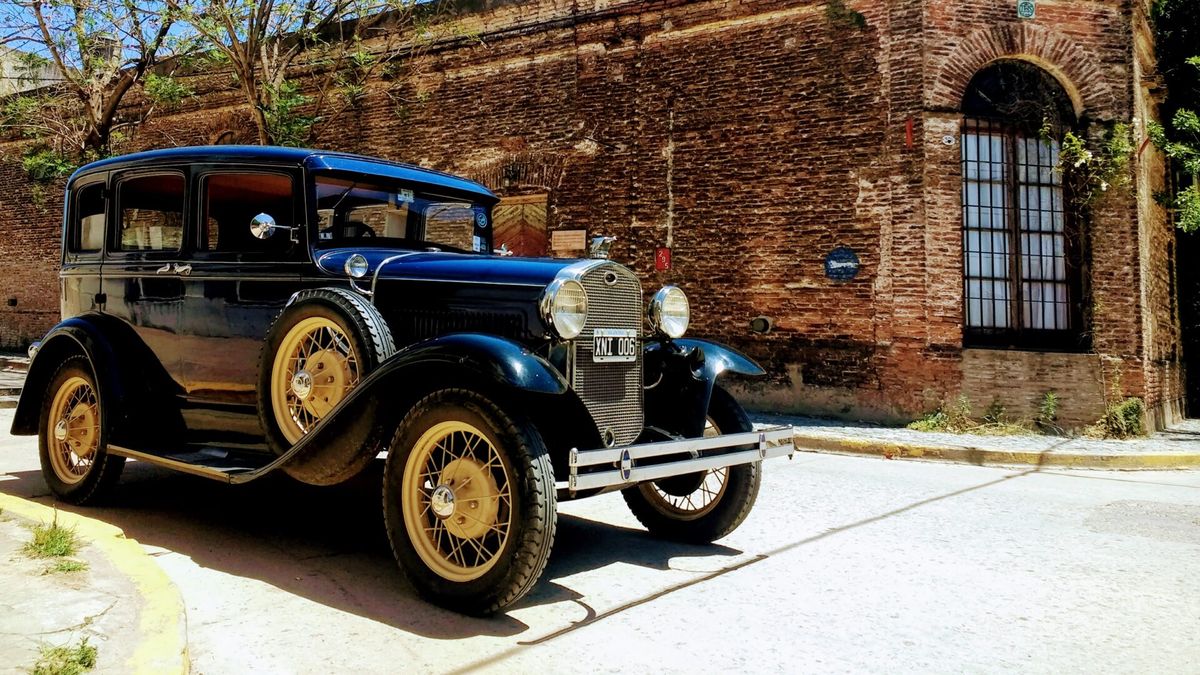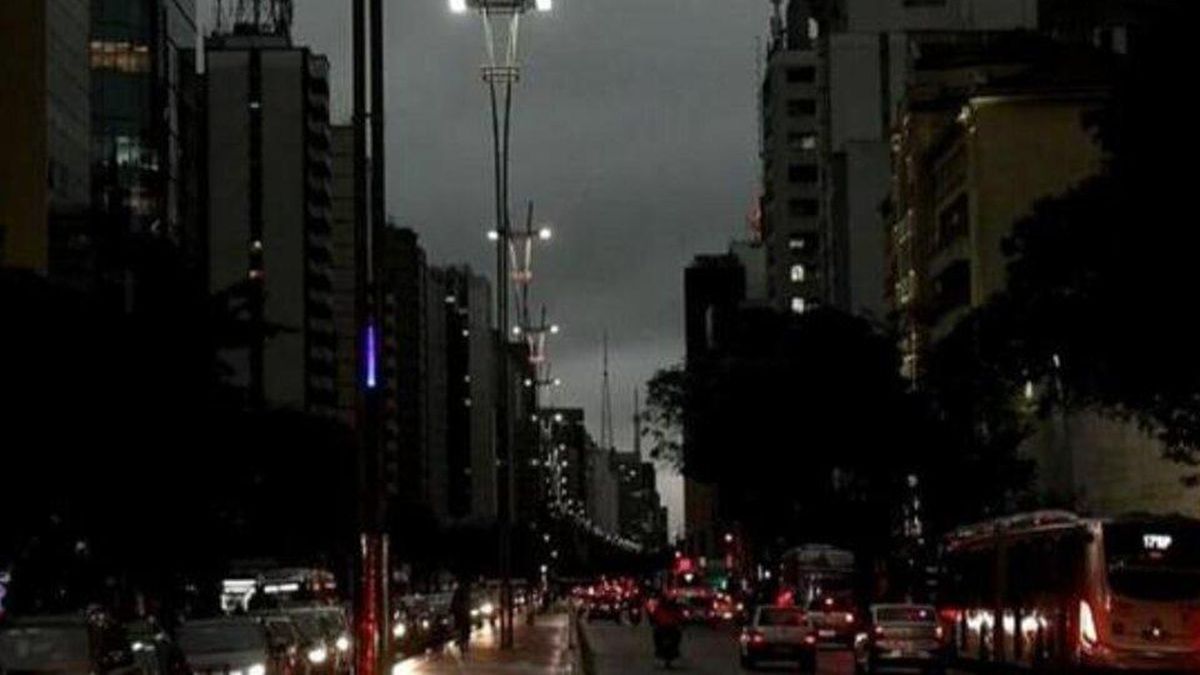Walking along the Ribera de Areco, towards the river, you can visit stalls of artisan silversmiths, rope makers, weavers, saddlers and ceramists. There are also antique shops, several restaurants and cottages. Enjoying an afternoon along the river is a great option on sunny days, with park areas offering public barbecue grills and a small craft market on weekends.
He Ricardo Güiraldes Gauchesco Museum It is another of the city’s emblematic attractions, located in an old country ranch. Many visitors choose Areco to enjoy an authentic day in the countryside during their stays, with tours available from both Buenos Aires as directly when arriving at the town.
When crossing the Areco River Towards the north, there is the historic grocery store The Bleached, a typical country establishment that in its time served residents, travelers and merchants. Today you can visit until 5 pm, and offers an exhibition of typical elements of the place. You should not miss the opportunity to explore its patio, which gives access to the Creole Park.
Chapel of the Lord
Capilla del Señor was the first town to be declared of national historical interest and today it remains one of the most authentic in the province, preserving both its original architecture and its traditional lifestyle. You can get there by car Panamericana Pilar Branch until kilometer 69 of the National Route No. 8, and then take Provincial Route Nº39. It is also accessible by train, using the Miter branch with combination towards Chapel of the Lordor on bus number 57 from Plaza Italia.
Walking through its streets, you relive the history of the old cemetery in the center of the square, the historic Miralejos house, the Roma room and the old immigrants’ social club. The cemetery, with its imposing and elaborate mausoleums, is a museum in itself. Among the essential constructions are the Palomar Inn from 1838, one of the oldest in the place, the Parish Temple and the Los Ombúes grocery store. The latter, a historic warehouse now run by Doña Elsa, the granddaughter of the founding owner, continues to be a meeting point for countrymen who gather in the afternoons to have a drink, play cards or billiards.
Another of the main tourist attractions is the Museum of Buenos Aires Journalismwhere old typewriters and presses used to print newspapers of the time are exhibited, as well as various objects from daily life at that time.
2021_07_22_02_30_38_9354028.jpg
There is a whole range of options: countryside, rivers and lagoons to disconnect.
Municipality of Chascomus
Chascomús
Chascomús is an excellent option for a weekend getaway. To get there from Buenos Airesyou just have to take the Highway 2 and travel just over 120 kilometers.
When thinking about Chascomús, the lagoon is the first thing that comes to mind. Walking along its waterfront is the main activity of visitors upon arrival. There are bars where you can relax with a drink, and the place is ideal for exercising, running and cycling. In the area known as “la escalinata”, many young people gather to drink mate and play the guitar. The lagoon It is also a popular spot for fishermen, who wait patiently for the fish to bite.
On one of the shores of the lagoon, in front of the historic center, there are two important monuments of democracy: one designed by Clorindo Testa in commemoration of the 25 years of the recovery of democracy after the last dictatorship, and a statue of the former president Raúl Alfonsín, who was born and raised in Chascomús, as a tribute to his political work. You can also visit the former president’s house, much loved by the neighbors.
The main square of Chascomús It houses the most important historical and government buildings: the Church, the Municipality, the Municipal Theater, the Pelota Club and the Casa de Casco. The latter is a historic house that currently functions as a small museum, where you can learn about the history of the Casco family, the city and the lagoon.
For those traveling with children, the Puerto Aventura Water Park It is an excellent option. With large water slides, a soft plaza, inflatables and a barbecue area, it is an ideal place to enjoy a summer day.
Wolves
Wolves It is a popular destination for weekend getaways and villa rentals, especially for bachelor parties. Located 100 km southwest of the City of Buenos Aires, it can be reached by car through the Provincial Routes Nº41 and National Routes Nº205or by train through the Roca and Sarmiento branches.
One of the main attractions of Lobos is its lagoon, next to the Municipal waterfront, which is ideal for practicing water sports. You can rent boats and kayaks to take a ride around the lagoon. Additionally, it is an excellent destination for fishing enthusiasts, with a variety of fish available, and for those who enjoy bird watching, including biguas, herons, roseate spoonbills and ducks.
The city of Lobos invites you to walk through its quiet streets and admire the old houses that are found on each block. Among its most notable buildings are the Our Lady of Carmen Church, neogothic style; the Birthplace of Juan Domingo Perón, today converted into a museum that preserves the architecture of the late 19th and early 20th centuries; and the Lobense Social Club, founded in 1894, with a façade that mixes neoclassical and art deco influences.
The Lobos Railway Station of the Sarmiento Linestill in operation, is a typical English construction from 1890. Around the station there are other attractions such as the Heroes of Malvinas Library, managed by the Association of Ex-Combatants; the Amateur Radio Club; the Immigrants’ Square; and the Cultural Shed.
Zarate
Zárate is the head city of the homonymous district and is located 108 km north of the City of Buenos Aires, with access by car through the National Route No. 9.
In the city center, you can find important sites such as the Municipal Palace, Plaza Miter with its beautiful fountain, the amphitheater, Plaza Italia, the Teatro Coliseo, the Quinta Jovita Historical Museum and the Old Urquiza Railway Station. As the Provincial Capital of Tango, Zárate has a vibrant tango scene.
He Paraná Delta It is the natural nucleus of Zárate. He Paseo Costanera and Botija Island, a wild area representative of the Delta and Paraná Islands ecoregion, are ideal for enjoying nature and tranquility, as well as for watching local species and exploring its docks and recreation areas. For the afternoon, the perfect plan is to have some mates while enjoying the spectacular view of the sunset over the Zárate Bridge – Long Arm.
Nearby, you can find various family stays where you can enjoy recreational activities and Creole shows next to the river, in addition to tasting typical local dishes. Outside the urban center, Zárate offers a wide variety of travel options. rural tourismideal for those looking for a more relaxed experience in contact with nature.
Source: Ambito
I am an author and journalist who has worked in the entertainment industry for over a decade. I currently work as a news editor at a major news website, and my focus is on covering the latest trends in entertainment. I also write occasional pieces for other outlets, and have authored two books about the entertainment industry.




